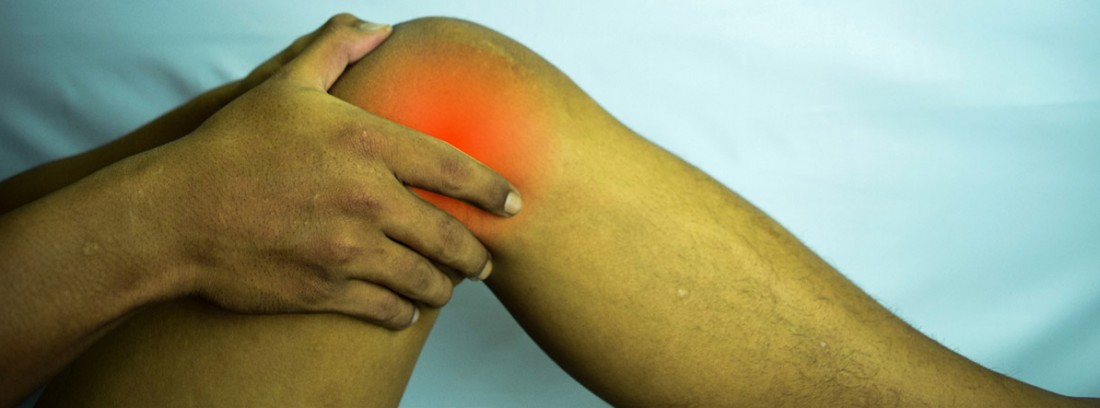What is goose foot tendonitis?

The goose foot, also called Pes anserinus, is an anatomical structure that is located on the medial aspect of the knee and is formed by the confluence of the tendons of three muscles:
- Sartorius: muscle originating in the iliac spine antero-superior on the anterior aspect of the pelvis and crosses the entire thigh diagonally. Their Actions they are flexion, abduction and external rotation of the hip and flexion and internal rotation of the knee.
- Graceful or internal rectum: muscle originating in the pubis and ischium (in the lower part of the pelvis) and runs down the thigh on its inner side. Its actions are adduction of the hip and flexion and internal rotation of the knee.
- Semitendinosus: muscle originating in the ischium and runs up the thigh along the back. Its actions are hip extension and knee flexion, as well as internal rotation of both joints.
In addition, covering the tendons is the Bursa anserina, which is a bag-like structure with serous fluid inside in order to soften the friction on these tendons.
Goose foot syndrome is inflammation of one or both of these structures.
What are the symptoms?
The main symptom is pain in the anterior and medial region of the knee, which is accentuated when getting up from a chair, when walking and running. In more advanced cases they will also present pain while at rest.
Patients who suffer from it can also refer rigidity in the knee as a consequence of inflammation.
Treatment of goose foot tendonitis
Treatment usually begins with anti-inflammatory medication and application of local cold for 10-15 minutes about three or four times a day. The sports rest in those cases secondary to sport.
- It can be useful with stretching techniques and strengthening of the affected muscles and the quadriceps, as well as with electrostimulation techniques (TENS), ultrasound, etc.
- In persistent cases despite previous treatment, it can be performed locally on the goose foot of corticosteroids for a stronger local anti-inflammatory effect.
- In cases without improvement despite prolonged correct medical and physiotherapeutic treatment, surgery option, which consists of removing the most degenerated areas of the tendon and causing bleeding in the area to facilitate the repair of injuries.
Causes of the injury
There are multiple reasons that can cause this inflammation to originate:
- Osteoarthritis of the knee (most common in elderly patients)
- The presence of a bony prominence on the medial aspect of the knee that causes a
- The overweight
- Deviation from the normal axis of the knee (genu varus or, above all, genu valgus)
- Have them
- Have a retraction and shortening of the muscles that make up the goose foot ...
It is a condition that occurs especially frequently in elderly patients with knee osteoarthritis and in people, especially long-distance runners.
How is it diagnosed?
Diagnosis is made primarily with the medical history and physical examination of the patient. As a result of inflammation, the area is usually tender to touch and palpation. There may also be increased pain when trying to use force to flex the knee.
If deemed necessary, complementary studies to confirm the diagnosis or rule out other causes of knee pain. In the case of tendonitis of the goose foot, it is especially useful to carry out ultrasound or from
- When the goose foot (anatomical structure that is located on the medial aspect of the knee) becomes inflamed, we speak of goose foot tendonitis.
- The main symptom is pain, which is accentuated when getting up from a chair, when walking and when running.
- In cases without improvement despite prolonged correct medical and physiotherapeutic treatment, the option of surgery can be considered.
- MAPFRE Salud insurances cover physiotherapy sessions for the treatment of goose foot and other traumatic pathologies.
CALCULATE YOUR PRICE
(Updated at Apr 14 / 2024)